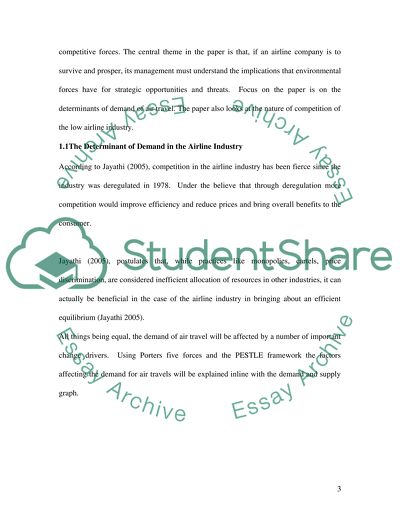Cite this document
(Economic of the Airline Industry Research Paper, n.d.)
Economic of the Airline Industry Research Paper. Retrieved from https://studentshare.org/macro-microeconomics/1508986-economic-of-the-airline-industry
Economic of the Airline Industry Research Paper. Retrieved from https://studentshare.org/macro-microeconomics/1508986-economic-of-the-airline-industry
(Economic of the Airline Industry Research Paper)
Economic of the Airline Industry Research Paper. https://studentshare.org/macro-microeconomics/1508986-economic-of-the-airline-industry.
Economic of the Airline Industry Research Paper. https://studentshare.org/macro-microeconomics/1508986-economic-of-the-airline-industry.
“Economic of the Airline Industry Research Paper”, n.d. https://studentshare.org/macro-microeconomics/1508986-economic-of-the-airline-industry.


